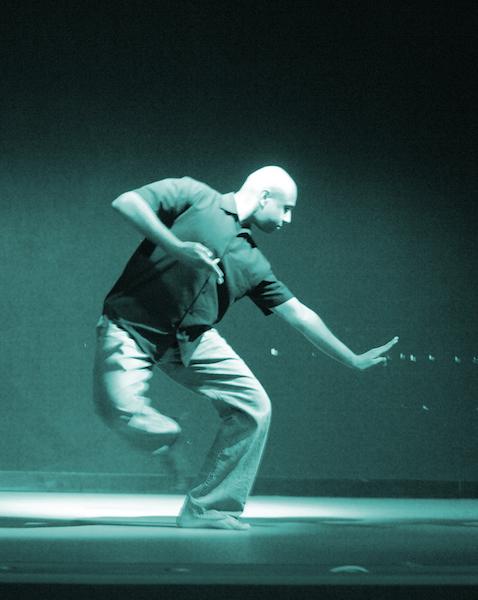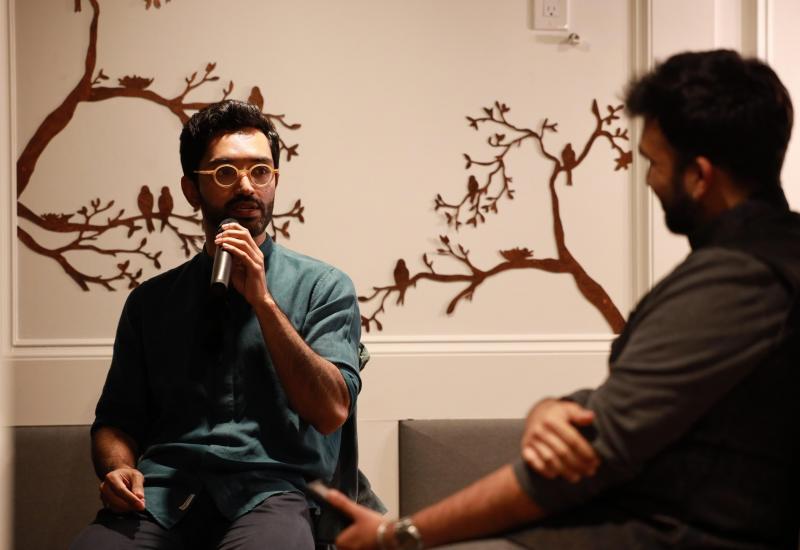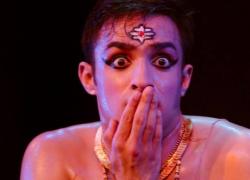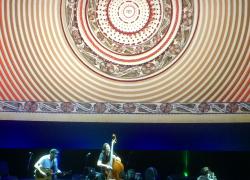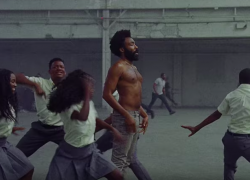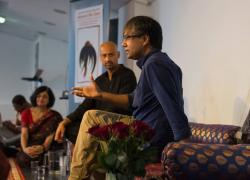Provocation: Bharatanatyam is not best suited to telling contemporary stories.
We are putting this question to a series of bharatanatyam artists.
Shane Shambhu
Njaan ippol Malayalathil ezhathiyaal ningalku vallatthum manasallago? Do you understand what I’ve written? Anything? It’s Malayalam (albeit in English phonetics), the language I speak when I’m with my parents. If I told you a story in Malayalam it wouldn’t matter whether it was an ancient myth or a contemporary story, it would just sound the same, well not exactly the same, but similar. Unless of course you understand Malayalam, in which case imagine it was written in Zulu! My point is: that language is used to communicate, but if the receiver is not familiar with the language it doesn’t matter whether you share an ancient myth or a contemporary narrative, the story will not be fully understood. Similarly, using bharatanatyam, using a physical language, encounters the same problem.
Bharatanatyam uses a codified language. Although they are rooted in the universal language of gestures potentially making it easier to connect with, it is still difficult to fully decipher for those unfamiliar with it. However, the mode of communication is vital to telling a story especially when telling contemporary stories that cross cultures. You may be asking, ‘What about the use of facial expression?’ Of course, this goes a long way in aiding the storytelling, but the expressions used in bharatanatyam also use culturally specific nuances, meaning that those outside of this cultural spectrum look for clues in expression, gestures and movements that they can relate to. Which brings me to context.
The language of bharatanatyam, particularly in padams is strongly rooted in a time and place. A time where people would walk through forests, have encounters by a river or when a woman would wait at home for her lover. But much has changed since then, even in India. Encounters often happen in coffee houses or at Nando’s and the woman (or man!) would probably call their lover or more likely WhatsApp them (unless you like a bit of nostalgia, in which case knock yourself out!). So, is it really possible to tell contemporary narratives using bharatanatyam when cultural interactions, environment and surroundings have changed so much? These gestures and expressions were born and developed in a world of forests and rivers, where sending a message to a friend or a lover was a real challenge. How do we allow these same gestures to speak to the world of mobile phones and superhighways - where the greater challenge is that of being left alone?
Of course, it could be argued that the underlying emotional intent and reactions within these abhinaya aspects of bharatanatyam relate to truthful human feelings and responses which are timeless, similar to Shakespeare. These are human emotional bases that we all connect with, and these truths will go on being true. My point is, that it is the way in which these truths manifest as performance that has to be addressed when trying to communicate a contemporary narrative.
I want to be clear that I am not implying that other cultural forms of performance should be merged with bharatanatyam to communicate contemporary narratives. On the contrary, I believe that bharatanatyam has to be considered differently and excavated more deeply to find the connections to contemporary narratives.
Over the last twenty to thirty years in Britain and across the global South Asian diaspora, we have been scratching away at the surface of bharatanatyam to find avenues of connection to contemporary society. Has it now come to a time when we must be more rigorous and inventive with explorations? If Classical bharatanatyam is not the best for telling contemporary narratives, a renewed sense of the form will help to crack open the surface to discover and explore within it new fertile ground. This is in itself, a contemporary narrative.
Read more about Shane here.
Confessions of a Cockney Temple Dancer tour
Subathra Subramaniam
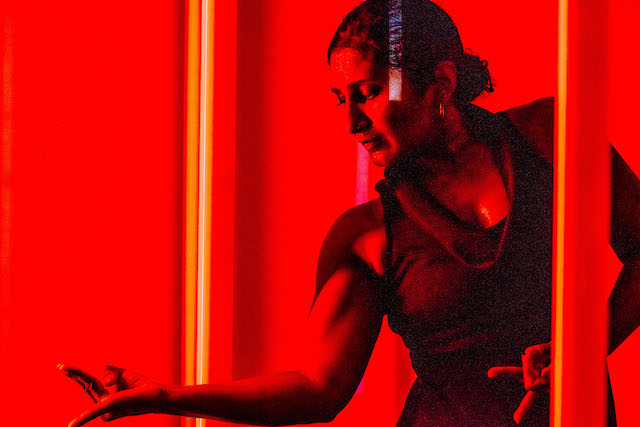
Unkindest Cut | Photo: Brian Hartley
What’s not contemporary about love, fear, hate, jealousy, anger, frustration, passion, lust? These are among the emotions that we, in our bharatanatyam training, learn to invoke, evoke and make bespoke to us and our bodies as we tell stories through dance. Bharatanatyam is versatile, rich, intricate and hugely nuanced. The training in the form teaches us to tell our tales without disengaging the face from the body. This in itself opens up infinite possibilities.
I have made work about pain and pleasure in the brain, surgery, and our cultural relationship with water and most recently about mental health issues amongst young people. Each time the starting point has always been bharatanatyam. Physically and emotionally I am able to convey everything I want to. The vocabulary at my fingertips – literally at my fingertips as hand gestures often act as adjectives and adverbs and qualify the broader physical gestures – is as rich if not richer than any spoken language, allowing me to state and suggest, question and chide, make analogies and make jokes. Bharatanatyam can cut across old lines of thought and help people to engage with new ideas and concepts, and allow people to make their own links and connections and in my work that’s mostly around science and health, the potential is limitless. The form is ageless and its virtuosity is easy to see in the subtlety of movement and expression without the necessity for athleticism and huge physical strength. My current work, Unkindest Cut, is set in two shipping containers and is an installation and performance where abhinaya plays a huge role in the movement material and film. If anything, the form has been a way in to the subject rather than get in the way!
Bharatanatyam needs to be seen by lots of people for it to be a dance form that can tell contemporary stories. We need to normalise the watching of the form as part of any classical or contemporary dance performance.
Contemporary stories are there to be told, felt and experienced and bharatanatyam is there to be enjoyed telling those stories.
Catch the Unkindest Cut tour | Read the review

